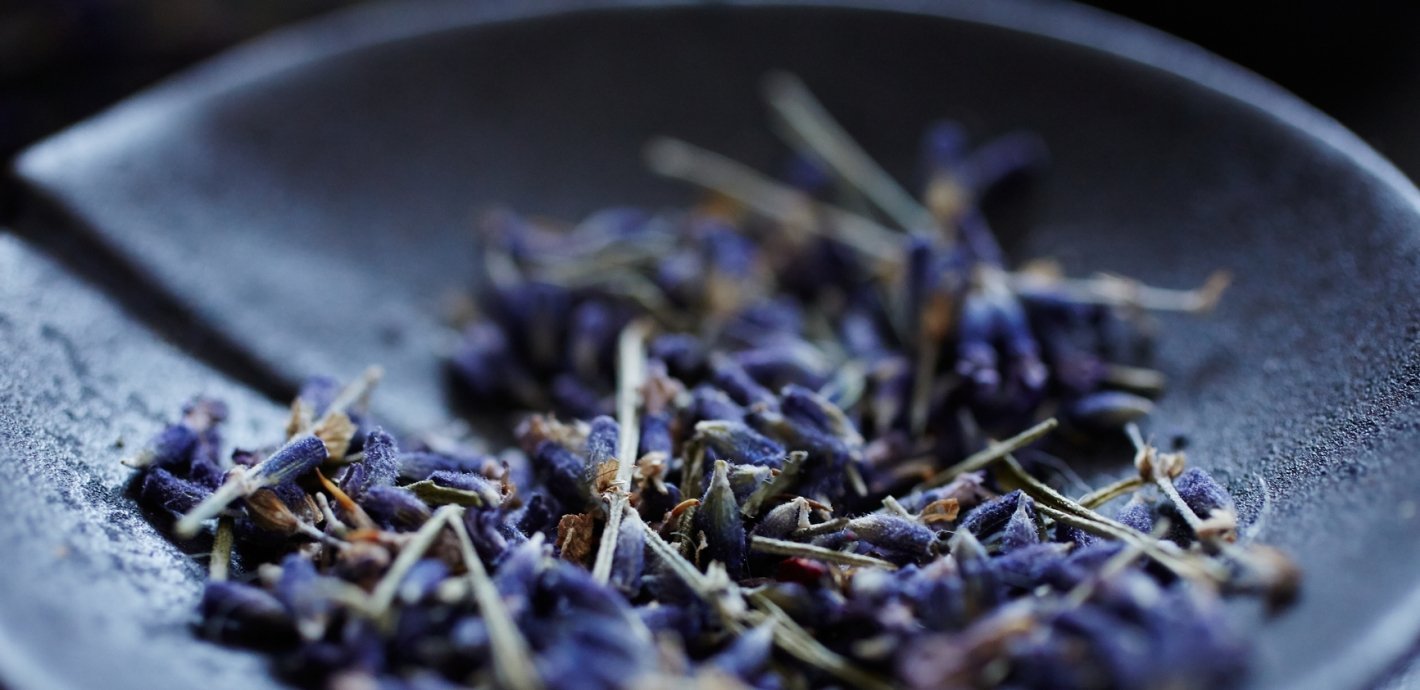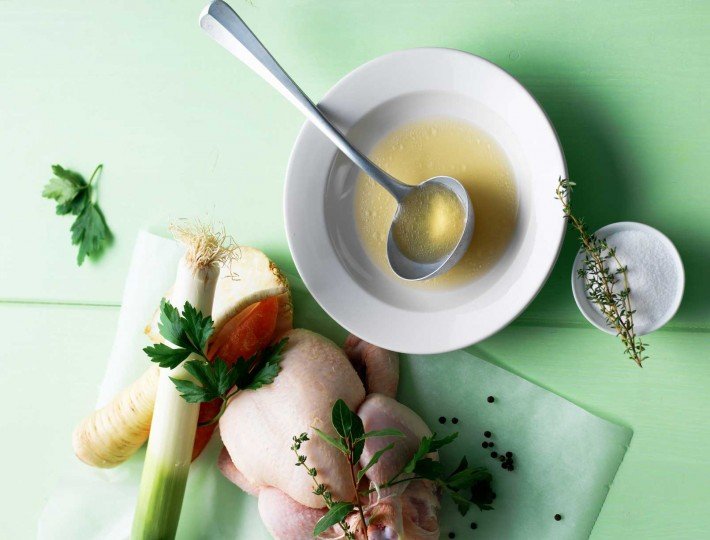Essential oils have been used for centuries, from Ancient Egypt to the Ayurvedic tradition to the modern massage table, for therapeutic, cosmetic, and ceremonial purposes. With powerful effects both immediate and prolonged, and mounting scientific evidence of their benefits, these potent compounds are regaining popularity as safe and effective tools to support physical wellness, enhance yoga and meditation practices, and maintain emotional balance.
Even if you think you’ve never used essential oils, chances are you have come across them in some form, as they are present in many personal-care products, organic household cleaners, aromatherapy candles, and mosquito repellants. In nature, essential oils are volatile and aromatic compounds found in the leaves, flowers, roots, stems, bark, and seeds of plants, and are 50 to 70 percent more potent than the original plant. Since oils make up just one to five percent of a plant, a large amount of matter is needed to extract the oils, which are most commonly steam distilled or cold-pressed. To illustrate, it takes 30 pounds of lavender flowers to make a 15 ml bottle of essential oil.
Though a quarter of prescription medicines contain plant derivatives, a lab has yet to successfully synthesize an essential oil. Comprised of carbon, hydrogen, and oxygen atoms, they have unique and complex chemical profiles that determine function. Lavender, for example, is traditionally used to calm moods, help with relaxation, and improve sleep. Today, science shows that a main constituent of lavender is linalool, a monoterpene alcohol with sedative properties. Studies find that lavender can be as effective in treating anxiety as lorazepam.
The oils in plants serve various functions to help the organism survive. In contrast to primary metabolites, which support normal growth, development, and reproduction, essential oils are secondary metabolites, aiding in pollination, repelling pests and predators, fighting disease, and cell regeneration. Over time, as the environment and threats to plant life change, the chemical makeup and benefits of essential oils may shift because plants are adaptive, meaning they continually evolve means to protect themselves. In a world where microorganisms develop resistance to conventional chemicals and medicines, this adaptive ability holds promise for livestock and humans as well.
How Do We Benefit from Oils?
Essential oils are antibacterial, antiviral, antifungal, antioxidant, sedative, analgesic, antispasmodic, cleansing, antimicrobial, anticancer, and antitumor. Lipid-soluble and tiny in molecular size, essential oils can penetrate cell membranes and even cross the blood-brain barrier, meaning they can pass from circulating blood into the brain fluid in the central nervous system. Oils can disrupt virus and damaged cell replication, clean receptor sites leading to improved cell communication, reprogram cell DNA, and deliver oxygen to tissues.
Recent studies show some promising results about the effects of essential oils on health. For example, research on oregano oil and geranium oil demonstrate the compounds’ potential for treating certain antibiotic-resistant strains of bacteria, such as MRSA.
Wintergreen oil contains methyl salicylate, the primary ingredient in aspirin, and one small study showed that using wintergreen oil topically is as effective as oral aspirin for reducing platelet aggregation that leads to blood clots.
Essential oils can also help combat stress in the body. A 2007 study showed that smelling lavender and rosemary oils decreases cortisol levels, protecting the body from oxidative stress. Clove oil scores the highest in antioxidant of any essential oil on the Oxygen Radical Absorption Capacity (ORAC) scale, which makes it a great defense against disease-causing free radicals in the body.
Related: The Healing Powers of Herbs and Spices
How Do You Use Oils?
Essential oils enter the body through the nose, skin, and mouth, so they may be applied aromatically, topically, and by ingestion. No matter the point of entry, oils eventually reach the bloodstream, offering systemic results. These multiple methods make oils easy to use for all ages, from infants to the aged.
The scents of essential oils elicit strong physical and psychological responses, making these compounds valuable tools for emotional support. Olfactory receptors in the nose are linked with the limbic system, considered the seat of memory and emotions. Ever smell apple cobbler (or moth balls) and think of your grandmother? Since oils can be calming, soothing, and energizing, and have almost instantaneous access to the brain, inhalation is a fast and easy way to affect mood.
To try this yourself, use a diffuser to distribute an essential oil’s scent throughout a room, or simply put a drop into the palm of the hand, rub hands together, and then cup over the nose and breathe. Or just take a whiff straight from a bottle. Oils can also purify the air and are diffused in many medical facilities, including Vanderbilt University Medical Center, for their calming properties.
Because oils are fat soluble and small in molecular size, they can easily penetrate the skin, offering almost immediate localized benefits, while also entering the blood stream for overall effect. This is a great way to get fast relief for skin issues without taxing the liver or other internal organs with oral alternatives. Dermal application is good for occasional pain, muscle aches, headaches, acne, bruising, burns, rashes, and insect repellant. Avoid sensitive areas like the eyes, genitals, broken skin, and inner ears. Good places for application are the area of concern and bottoms of feet, wrists, and back of neck. Massage increases the blood flow and improves oil absorption. Some oils can cause skin sensitivity, so when using an oil for the first time you may want to do a skin sensitivity test: Put a few drops of diluted oil on an inconspicuous spot like the inner thigh and watch for any irritation or redness.
Oils can be applied to the skin either neat (straight from the bottle in its purest form) or diluted with a “carrier” oil, such as fractionated coconut oil. (Before applying to skin, make sure the oil bottle says it’s suitable for topical use.) Dilution is advised for use with oils that may cause skin sensitivity, and for children and infants. Dilution also prevents the evaporation of oils into the air. Fractionated coconut oil is a popular “carrier” because it’s a stable oil with a long shelf life that remains liquid at room temperature. For infants, use 1 drop in 1 tablespoon. For children 2 to 5, use 1 drop in 1 teaspoon.
When applying oils, it’s best to apply small quantities frequently. For acute relief, use every 20 minutes. Otherwise, every 2 to 6 hours as needed. Oils such as oregano, cassia, and cinnamon, are considered “hot” oils and are to be used only with heavy dilution. The bottoms of the feet have large pores and are not very sensitive, which makes them popular for application, especially for children who might not like the smell. (You can just apply the oil and cover with a sock.)
Lastly, certain oils offer digestive benefits when ingested. Peppermint oil is an effective therapy for people with Irritable Bowel Syndrome (IBS). In one recent study, patients with IBS who were given a formulation of peppermint oil showed greater improvements in gastrointestinal symptoms compared to a placebo group.
To ingest, put a drop of oil in water or swallow in a veggie cap. It should be noted that not all essential oils are regarded as safe for internal use, so read the bottle carefully. Birch and wintergreen, for instance, should not be ingested.
Join Sonima’s free 14-day jumpstart to better sleep for a downloadable guide and daily advice from top experts. Learn more here.
To learn more about which essential oils might be beneficial for you, check out the infographic below.












Comments (2)